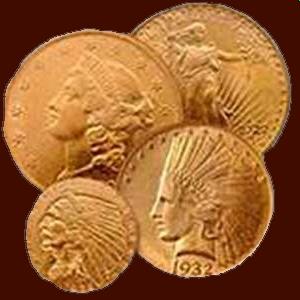




Looking After Your Finds - Identification - Rocks and Minerals

The Rarest Minerals on Earth
Powered By Sispro1

Fibulae1
Copyright All Rights Reserved by Nigel G Wilcox E-Mail: ngwilcox100@gmail.com
Designed by Nigel G Wilcox
Complimentary Topics
The Paragon Of Metal Detecting
& Archaeology
& Archaeology
Pages
Rarest Minerals on Earth
Main Coin Menu
Roman Coins
Menu
Menu
Member NCMD
R&M Index
Serendibite
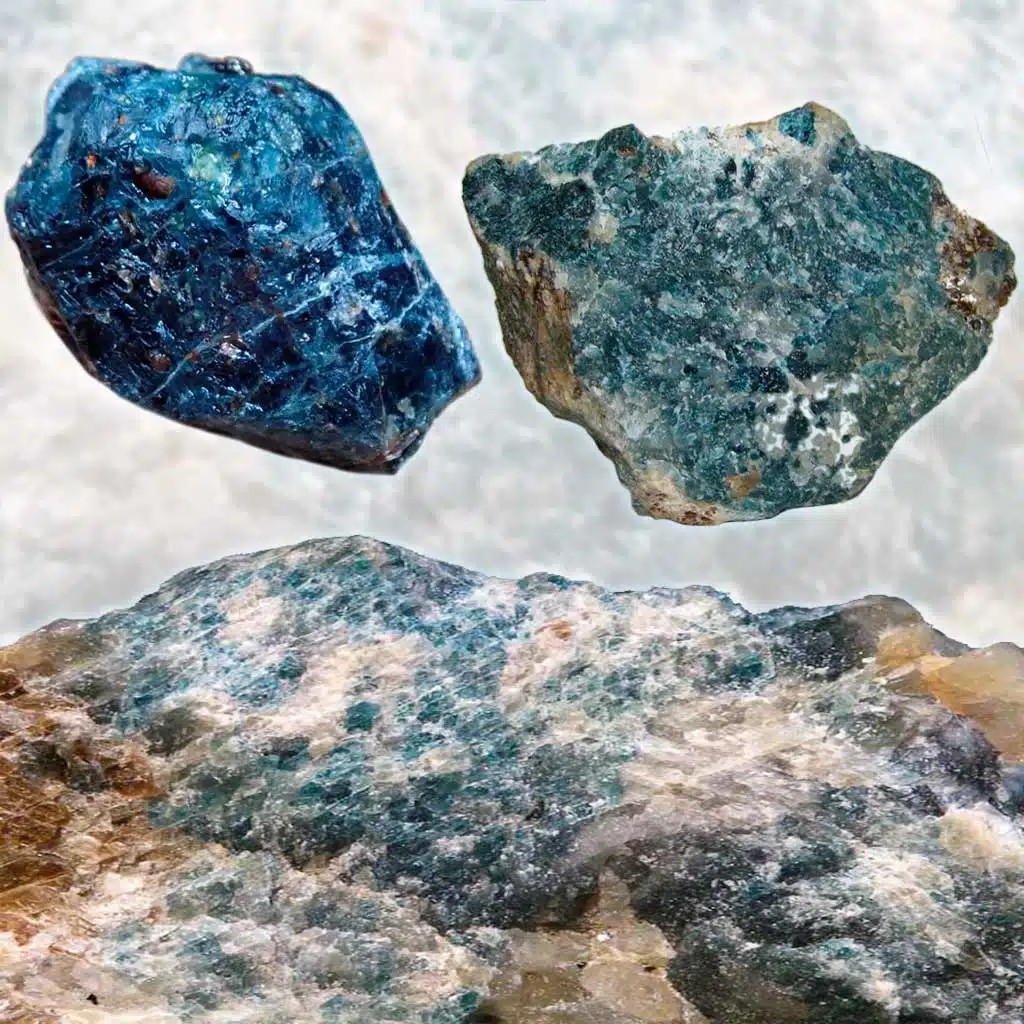
Serendibite mineral
Serendibite is an incredibly rare and beautiful blue mineral. Its name is derived from Serendib, the old Arabic name for Sri Lanka, where it was first discovered. Serendibite’s deep blue colour and rarity make it highly sought after by mineral enthusiasts.
Known for its deep blue-green or blue-black hues, Serendibite exudes a captivating and luxurious allure, making it a coveted choice for discerning collectors and gemstone enthusiasts.
Its distinct colour and rarity contribute to its esteemed status in the world of fine jewellery, accentuating its exclusivity and desirability. With its rich colour palette and exceptional brilliance, Serendibite continues to enchant and fascinate those with a penchant for unique and exquisite gemstones, adding a touch of opulence and sophistication to any jewellery collection.
Serendibite is an extremely rare silicate mineral that was first discovered in 1902 in Sri Lanka by Dunil Palitha Gunasekera and named after Serendib, the old Arabic name for Sri Lanka.
The mineral is found in skarns associated with boron metasomatism of carbonate rocks where intruded by granite. Minerals occurring with serendibite include diopside, spinel, phlogopite, scapolite, calcite, tremolite, apatite, grandidierite, sinhalite, hyalophane, uvite, pargasite, clinozoisite, forsterite, warwickite and graphite.
Known for its deep blue-green or blue-black hues, Serendibite exudes a captivating and luxurious allure, making it a coveted choice for discerning collectors and gemstone enthusiasts.
Its distinct colour and rarity contribute to its esteemed status in the world of fine jewellery, accentuating its exclusivity and desirability. With its rich colour palette and exceptional brilliance, Serendibite continues to enchant and fascinate those with a penchant for unique and exquisite gemstones, adding a touch of opulence and sophistication to any jewellery collection.
Serendibite is an extremely rare silicate mineral that was first discovered in 1902 in Sri Lanka by Dunil Palitha Gunasekera and named after Serendib, the old Arabic name for Sri Lanka.
The mineral is found in skarns associated with boron metasomatism of carbonate rocks where intruded by granite. Minerals occurring with serendibite include diopside, spinel, phlogopite, scapolite, calcite, tremolite, apatite, grandidierite, sinhalite, hyalophane, uvite, pargasite, clinozoisite, forsterite, warwickite and graphite.
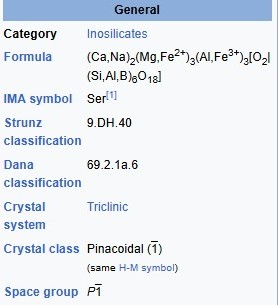
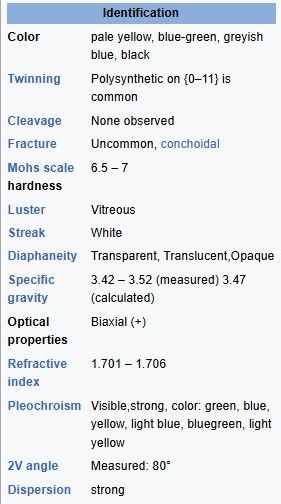
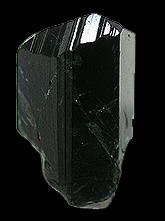
Crystal from Mogok, Myanmar, size: 1 cm x 0.7 cm x 0.7 cm
[4]
[3]
[2]
[1]





















